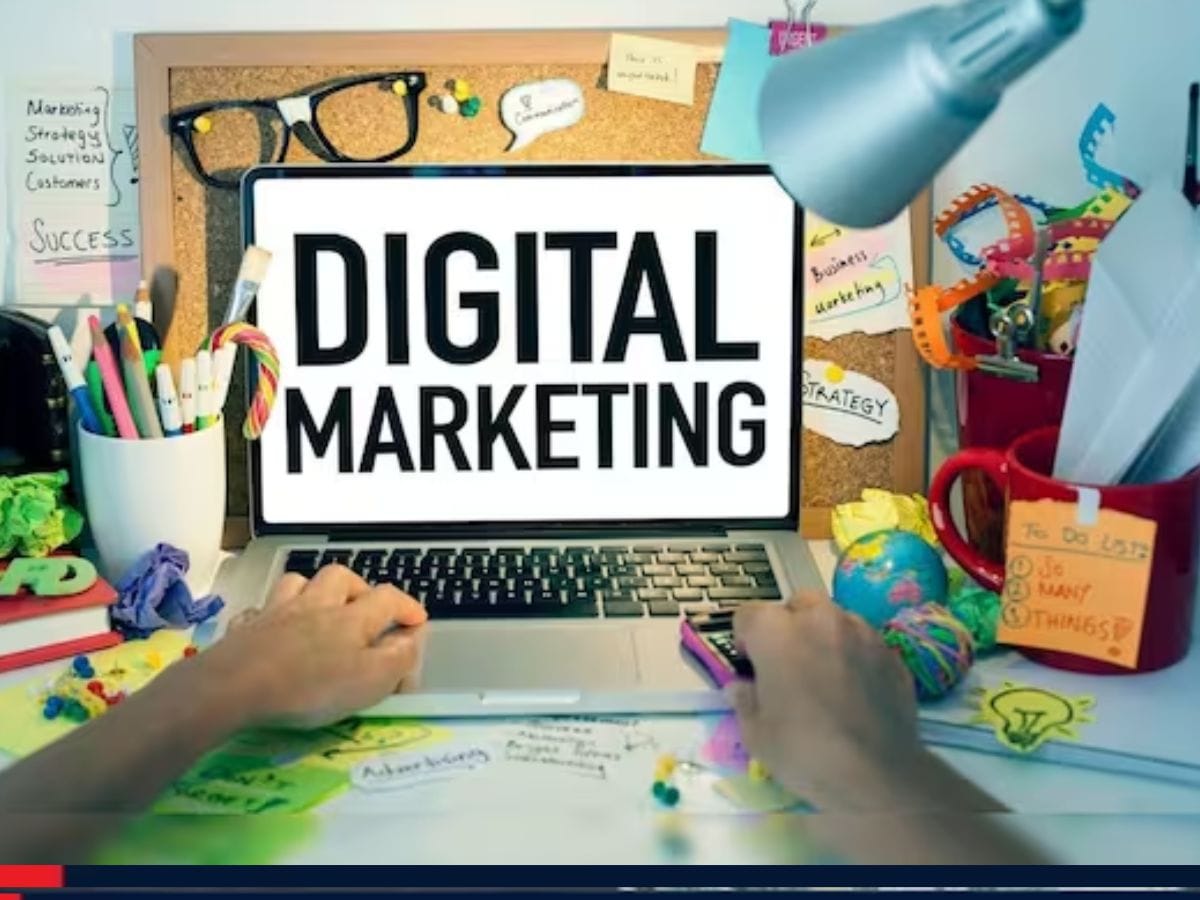In today's digital age, the way we handle financial transactions has evolved significantly. With the rise of technology, digital payments have become increasingly popular and convenient. Whether you're a business owner or an individual looking to embrace the benefits of digital payments, this article will guide you through the process of getting started. From mobile payments to online banking and payment security, we'll explore the essential aspects of digital payments.
In this digital era, traditional payment methods such as cash and checks are being replaced by digital payment systems. Digital payments offer a convenient, fast, and secure way to conduct financial transactions. Whether you want to make purchases online or send money to friends and family, understanding how to get started with digital payments is essential.
Understanding Digital Payments
Digital payments refer to electronic transactions that allow individuals and businesses to transfer money through online platforms. It eliminates the need for physical currency and offers a seamless way to conduct financial transactions. Digital payment methods include mobile payments, online banking, and online transactions.
Benefits of Digital Payments
Digital payments come with numerous benefits that make them an attractive option for businesses and individuals alike. Some of the key advantages include:
- Convenience: Digital payments provide a hassle-free way to make transactions from the comfort of your home or anywhere with an internet connection.
- Speed: Unlike traditional payment methods that may take days to process, digital payments are instantaneous, ensuring quick and efficient transactions.
- Security: With advanced encryption and authentication measures, digital payments offer enhanced security features to protect your financial information.
- Record-Keeping: Digital payments create a digital trail, making it easier to track and manage your financial transactions.
Mobile Payments
Mobile payments have gained significant popularity with the widespread use of smartphones. They enable users to make payments using mobile wallet apps or near-field communication (NFC) technology. Here's how to get started with mobile payments:
- Choose a Mobile Wallet: Select a mobile wallet app that is compatible with your device and offers the features you need.
- Add Payment Methods: Link your bank account, credit or debit cards to the mobile wallet app.
- Security Measures: Set up biometric authentication, such as fingerprint or face recognition, to ensure the security of your mobile payments.
- Start Making Payments: Use your mobile wallet app to make payments at participating merchants or send money to friends and family.
Online Banking
Online banking provides a convenient way to manage your finances and make digital payments. Here's how to get started with online banking:
- Choose a Bank: Research and select a bank that offers secure online banking services.
- Create an Account: Follow the bank's registration process to set up an online banking account.
- Link Your Accounts: Connect your bank accounts, credit cards, and other financial instruments to your online banking account.
- Explore Features: Familiarize yourself with the online banking platform and its features, such as bill payment, fund transfers, and account management.
- Ensure Security: Use strong passwords, enable two-factor authentication, and regularly monitor your online banking activities for any suspicious transactions.
Ensuring Payment Security
While digital payments offer convenience, it's crucial to prioritize payment security. Here are some essential steps to enhance the security of your digital payments:
- Use Secure Networks: When making digital payments, ensure you're connected to a secure and trusted network, preferably a private Wi-Fi network.
- Update Software: Keep your devices and payment apps up to date with the latest software versions to benefit from security patches and enhancements.
- Beware of Phishing: Be cautious of phishing emails or fraudulent websites that attempt to steal your payment information. Only provide sensitive information on trusted platforms.
- Two-Factor Authentication: Enable two-factor authentication whenever possible to add an extra layer of security to your digital payments.
- Monitor Transactions: Regularly review your digital payment transactions and report any unauthorized activity to your bank or payment service provider.
Online Transactions
Online transactions encompass a wide range of digital payments, including e-commerce purchases, bill payments, and peer-to-peer transfers. To get started with online transactions:
- Choose Trusted Platforms: When making online purchases or payments, use reputable platforms that have established security measures.
- Secure Payment Gateways: Ensure the website or payment gateway you use employs secure encryption protocols to protect your financial information.
- Verify Sellers: Before making a purchase from an online seller, read reviews, check their reputation, and verify their contact details to ensure a safe transaction.
- Keep Receipts: Maintain records of your online transactions, including receipts, confirmation emails, and invoices, for future reference and dispute resolution.
Conclusion
Digital payments have revolutionized the way we handle financial transactions, offering convenience, speed, and enhanced security. By understanding the various methods and taking necessary security precautions, you can confidently embrace digital payments. Whether you opt for mobile payments, online banking, or online transactions, digital payments provide a seamless and efficient way to manage your finances in the digital age.

%20(1).jpg)





/senior-man-working-in-a-greenhouse-557921401-1469be732eeb48eba745bf822f4833f4.jpg)





 English (US) ·
English (US) ·